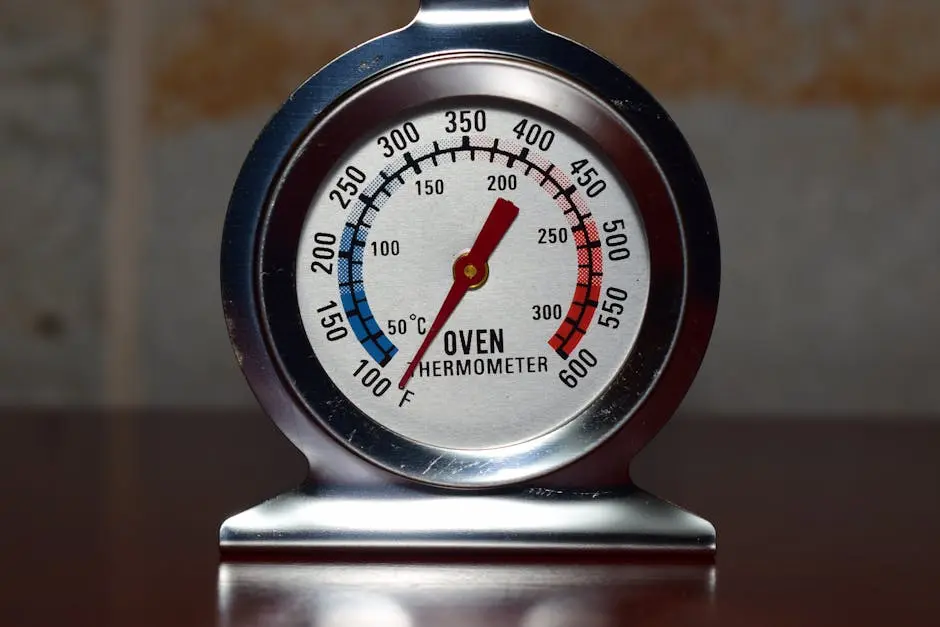Temperature control technology has been rapidly advancing, impacting everything from our homes to large-scale industrial processes. In this blog, we explore the latest innovations that are reshaping how we manage temperature effectively.
Smart Thermostats: Revolutionizing Home Comfort
Smart thermostats are more than just digital climate controls. They are a leap forward in technology, turning our homes into intelligent habitats. With features such as learning algorithms, these devices understand your schedule over time, automatically adjusting the temperature for optimal comfort and energy efficiency. This means not getting up at night to change settings or worrying if you’ve forgotten to adjust before vacation. Some popular models even offer insights via apps, allowing you to track energy usage patterns and make informed decisions.
Furthermore, the remote operation capability of smart thermostats supports real-time temperature adjustments from anywhere in the world with internet access. This becomes especially beneficial for busy households or individuals constantly on the move, ensuring their homes remain comfortable and energy-efficient without manual intervention. As more homes adopt this technology, we can anticipate a significant reduction in energy bills and an enhanced living experience.
IoT and Connected Devices: Seamless Temperature Management
The integration of the Internet of Things (IoT) in temperature control marks a significant shift towards more comprehensive and connected home management systems. IoT technology allows multiple devices, including thermostats, air conditioning units, and even window shades, to work in tandem. This connectivity results in a coordinated approach to managing home climate systems more dynamically.
One fascinating benefit of IoT is the ability to customize temperature settings based on room occupancy and time of day. Imagine walking into a room and having it automatically adjust to your preferred settings, maximizing comfort and preventing unnecessary energy usage. Businesses have also started harnessing this capability, optimizing their climate control to better maintain equipment and accommodate employee comfort levels, all while being controlled from a single, centralized platform.
Thermal Imaging Technology: Enhanced Precision and Insight
The deployment of advanced thermal imaging technology has revolutionized the precision with which temperature variations are monitored and controlled. By providing clear visual insights, thermal imaging can identify temperature spikes or drops not immediately evident to the human eye. This ability is particularly essential in industries like food production or pharmaceuticals, where maintaining precise temperatures is not just about efficiency but also about safety.
These thermal cameras are capable of detecting potential issues such as heat leaks or equipment malfunctions before they become critical, reducing the likelihood of costly downtime or product loss. As thermal imaging systems become more sophisticated and affordable, their utility in diverse applications, from simple home inspections to complex industrial environments, continues to grow exponentially.
Adaptive HVAC Systems: Optimizing Energy Usage
Adaptive HVAC systems incorporate machine learning to fine-tune energy consumption patterns within buildings. By continuously analyzing environmental conditions, occupancy data, and historical usage, these systems learn to self-regulate and maintain optimal conditions with minimal manual input.
This technology offers a significant edge in reducing the carbon footprint of commercial buildings, which contribute substantially to global energy consumption. As buildings account for a large proportion of urban energy usage, the potential for savings and environmental benefits through adaptive HVAC systems is enormous. Businesses can not only lower their operational costs but also enhance their compliance with increasingly stringent environmental regulations.
Sustainable and Renewable Solutions: Environmentally Conscientious Designs
The push for more sustainable temperature control solutions has led to innovations in both materials and energy sourcing. Many of the latest systems now incorporate sustainable materials that reduce the need for frequent replacements while also minimizing waste. Furthermore, renewable energy sources such as solar power are being leveraged to operate these systems efficiently, decreasing reliance on non-renewable resources.
These newer designs not only focus on energy conservation but also promote ecological responsibility. Innovative solutions like solar-powered HVAC systems ensure that reduced energy consumption translates to reduced carbon emissions, fostering long-term ecological balance. As we face increasing environmental challenges, these advancements symbolize our commitment to preserving our planet while still maintaining modern conveniences.
Embracing the Future of Temperature Control
With these advancements, the field of temperature control technology continues to evolve, offering smarter, more efficient, and environmentally-friendly solutions. As these technologies become more widespread, we can expect improvements in energy conservation and comfort levels across various applications.










